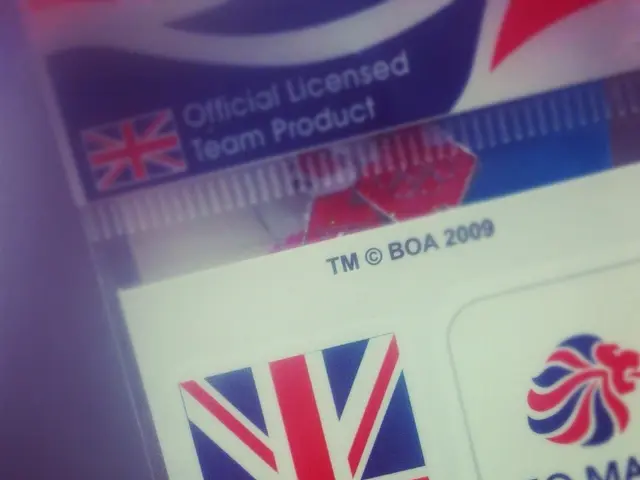IoT-Powered Cargo Surveillance and Intelligent Packaging: Successes and Setbacks
In the world of logistics, a new era is upon us as advanced technologies are integrated into packaging to create interactive, trackable, and protective solutions. This transformation, known as smart packaging, is set to enhance operational efficiency, product safety, and customer satisfaction across various industries.
At the heart of smart packaging lies a combination of active and intelligent packaging. Active packaging can release or absorb substances to extend shelf-life, while intelligent packaging provides real-time data about product condition, location, and usage. This is made possible through embedded sensors and labels that monitor temperature, humidity, and handling conditions, ensuring quality, especially for perishable or sensitive goods.
Moreover, unique digital IDs via RFID or Bluetooth Low Energy allow serialization for detailed tracking and authentication across the supply chain, preventing counterfeiting and enabling verification at any stage. The integration of AI and robotics further optimizes packing processes by detecting errors and inefficiencies, ensuring precise packaging and adherence to regulatory standards.
The benefits of smart packaging are manifold. Enhanced supply chain visibility improves transparency from production to delivery, enabling quicker response to issues and better inventory management. Improved product safety and quality are achieved by monitoring environmental factors, preventing spoilage or damage, which is crucial for industries like food, beverage, and pharmaceuticals.
Counterfeit prevention is another significant advantage, with serialization and digital authentication reducing the infiltration of counterfeit products, especially in the pharmaceutical industry. Operational efficiency is boosted through automation and AI, which reduce errors, minimize downtime, and speed up fulfillment. Waste reduction is also facilitated as data on product use helps manufacturers optimize production and reduce unnecessary waste.
Smart packaging finds its applications in several industries. In pharmaceuticals, it is used for serialization and anti-counterfeiting, ensuring product authenticity and patient safety. In the food and beverage sector, it monitors freshness and storage conditions to guarantee safety and compliance while minimizing spoilage. In consumer electronics, AI-enabled robotic packaging reduces damage and improves precision during packing processes. In cosmetics, robotics assist with customized co-packaging, improving turnaround times for seasonal or personalized products.
Logistics and supply chain management also broadly use smart packaging to streamline inventory, reduce manual errors, and increase real-time visibility and control. During the COVID-19 rollout, vaccine shipments used temperature-tracking containers for this purpose.
However, smart packaging is not without its challenges. Connectivity is not guaranteed everywhere, especially across borders or in rural areas. Most companies start with targeted trials on high-risk lanes or products due to the cost of smart packaging. Data overload is a risk with smart packaging, as users can receive unnecessary alerts without filters. Compliance matters in certain industries, such as pharma, where sensor data needs to be audit-ready and securely stored for years.
Despite these challenges, smart packaging offers a potential return on investment through reduced spoilage, fewer rejected shipments, easier audits, or stronger service-level compliance. For instance, a temperature spike during a customs delay might trigger an alert if the systems are connected. Otherwise, it is just another unread data point.
Some retail and luxury brands are experimenting with smart packaging for theft prevention and authenticity, with tags flagging unexpected openings or verifying products at the point of sale. In cold chain logistics, smart packaging is used to ensure temperature-sensitive items like vaccines stay within safe ranges, logging data all the way from origin to destination.
In conclusion, smart packaging in logistics utilizes technology to create interactive, trackable, and protective packaging solutions that enhance operational efficiency, product safety, and customer satisfaction across industries like pharma, food and beverage, electronics, and cosmetics. It's a promising development that promises to revolutionize the logistics landscape.
In the context of smart packaging, data-and-cloud-computing technology plays a crucial role in enabling real-time monitoring of product conditions, locations, and usage through embedded sensors and labels. This data is used to ensure quality and safety, particularly for perishable or sensitive goods (logistics).
Moreover, data-and-cloud-computing technology also facilitates the integration of AI and robotics into smart packaging processes, optimizing packing operations by detecting errors, inefficiencies, and ensuring regulatory standards are met (technology).







